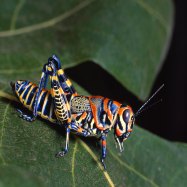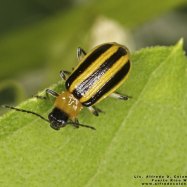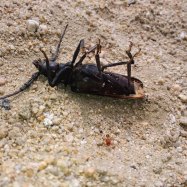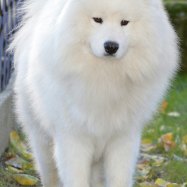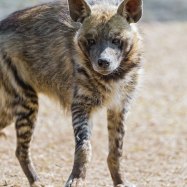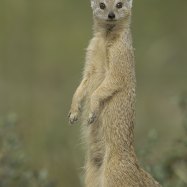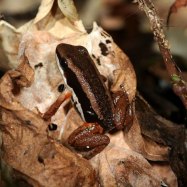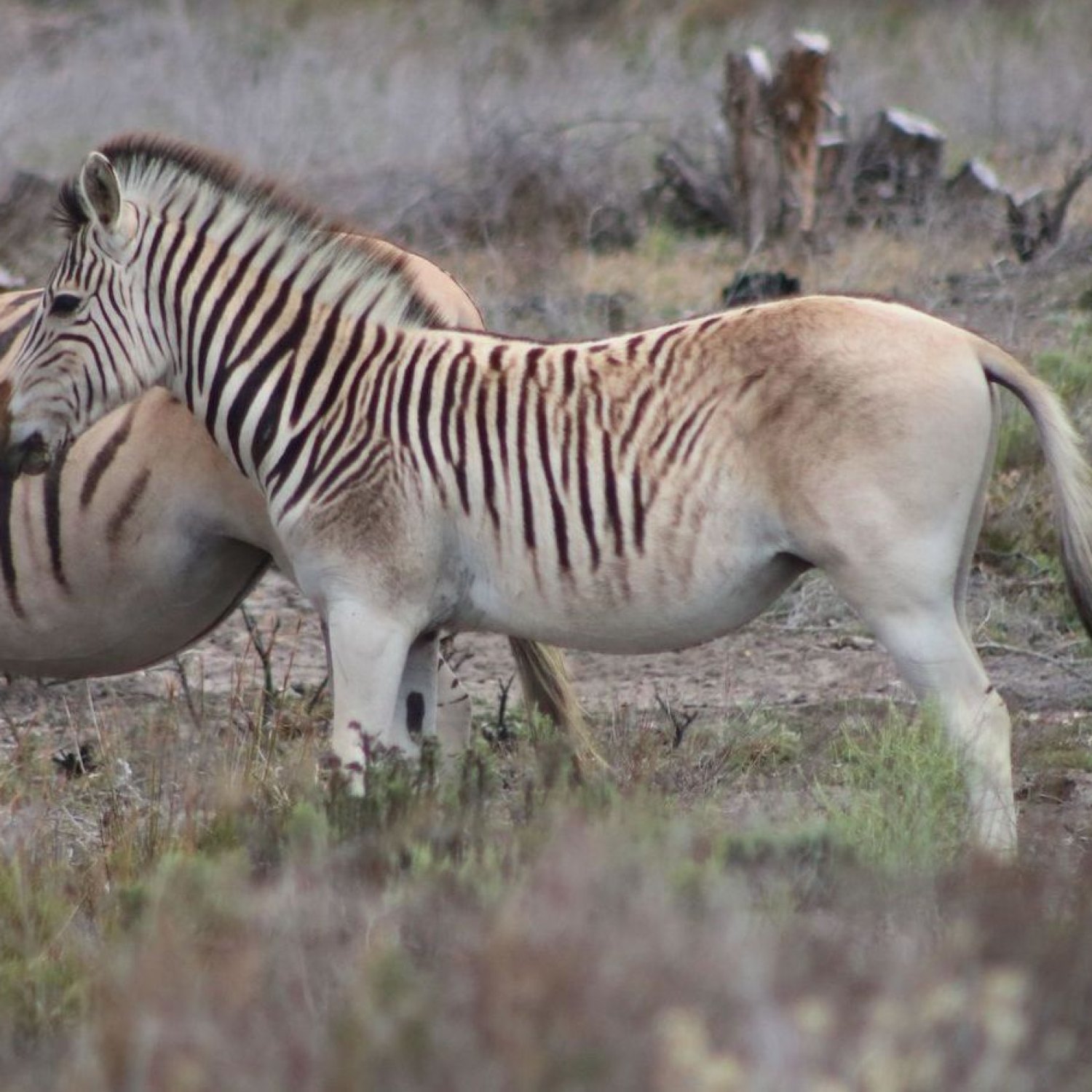
Quagga
2.1 to 2.5 meters
Discover the fascinating history of the Quagga, a recently extinct animal that was a close relative of the modern-day zebra. This horse-like creature roamed the grasslands of South Africa and was known for its unique body shape and striped appearance. Learn more about this elusive species and its tragic disappearance from the wild. #ExtinctAnimals #Quagga #Equidae
Animal Details Summary:
Common Name: Quagga
Kingdom: Animalia
Habitat: Grasslands
The Lost Stripes: The Story of the Extinct Quagga
In the vast and diverse world of animals, there are some that are well-known and easily recognizable, while others may remain a mystery to many. However, there are also species that have been long gone, leaving only a faint trace of their existence. One such animal is the Quagga, a stunning and unique mammal that is now extinct.The scientific name of the Quagga is Equus quagga quagga, and it belongs to the Kingdom Animalia, Phylum Chordata, and Class Mammalia Quagga. This extinct animal was a member of the Order Perissodactyla, which includes horses, zebras, and rhinos, and the Family Equidae, which includes horses, donkeys, and zebras.
The Quagga was once a familiar sight in Southern Africa, particularly in South Africa, where it originated. Its name comes from the Khoikhoi language, meaning "zebra." However, the Quagga was not entirely a zebra. It had its own unique features that set it apart from its relatives. Its body shape was horse-like, with a mane and tail similar to that of a horse. However, what made it stand out the most was its coloration, pale brown with dark stripes, unlike the bold stripes of a zebra.
The Quagga was a herbivorous mammal, which means it fed on plants. This graceful animal roamed the grasslands, surrounded by tall grasses and shrubs, which served as its primary food source Quoll. Its gentle nature made it easy for predators to hunt, such as lions and hyenas. However, the Quagga's incredible speed and agility allowed it to escape from danger with ease.
For centuries, the Quagga thrived in its natural habitat, until humans started to migrate and colonize the land. The introduction of hunting and farming practices led to a decline in the Quagga's population. The rapid expansion of human settlements and livestock grazing further reduced the Quagga's food sources, pushing it to the brink of extinction.
By the late 1800s, only a few Quaggas remained in the wild, with most of them captured for display in zoos and private collections. In 1883, the last Quagga in the wild was killed, and by 1886, the species was declared extinct. It was a tragic end to a remarkable animal that had once roamed freely across the plains of Southern Africa.
Despite its extinction, the Quagga left a mark in the scientific community. Its unique appearance and genetic makeup puzzled scientists, leading to debates and research regarding its classification. In the 1990s, genetic testing of Quagga specimens revealed that it was a subspecies of the Plains Zebra, not a separate species as once believed.
Recently, there have been efforts to reintroduce the Quagga to its former habitat through a selective breeding program. These efforts aim to bring back some of the Quagga's characteristics, such as its unique coloration, through the use of genetic testing and selective breeding of plains zebras with similar physical traits. While this may not entirely recreate the Quagga species, it symbolizes the human quest to correct our past mistakes and preserve our natural heritage.
The extinction of the Quagga serves as a reminder of our impact on the environment and the diverse range of animals that call it home. It also highlights the importance of conservation efforts to protect endangered species from meeting the same fate as the Quagga.
Thanks to the advancements in technology, we can now study and learn more about the Quagga through its remains and genetic makeup. However, it also underscores the value of live sightings of these animals in their natural habitat, which is now a distant memory.
In the world of NLP and SEO, the Quagga's story is a unique one that can capture the attention of readers worldwide. Its tale of loss and effort to revive its legacy is a captivating and emotional one, bound to evoke a sense of empathy and responsibility towards preserving our natural world.
In conclusion, the Quagga may be long gone, but its spirit lives on in the hearts and minds of people who continue to study and appreciate it. Its unique features and fascinating history make it a significant part of our planet's story. We are fortunate to have records and information about this extinct animal, and we must use it to raise awareness and honor the Quagga's memory.

Quagga
Animal Details Quagga - Scientific Name: Equus quagga quagga
- Category: Animals Q
- Scientific Name: Equus quagga quagga
- Common Name: Quagga
- Kingdom: Animalia
- Phylum: Chordata
- Class: Mammalia
- Order: Perissodactyla
- Family: Equidae
- Habitat: Grasslands
- Feeding Method: Herbivorous
- Geographical Distribution: Southern Africa
- Country of Origin: South Africa
- Location: Extinct
- Animal Coloration: Pale brown with dark stripes
- Body Shape: Horse-like
- Length: 2.1 to 2.5 meters
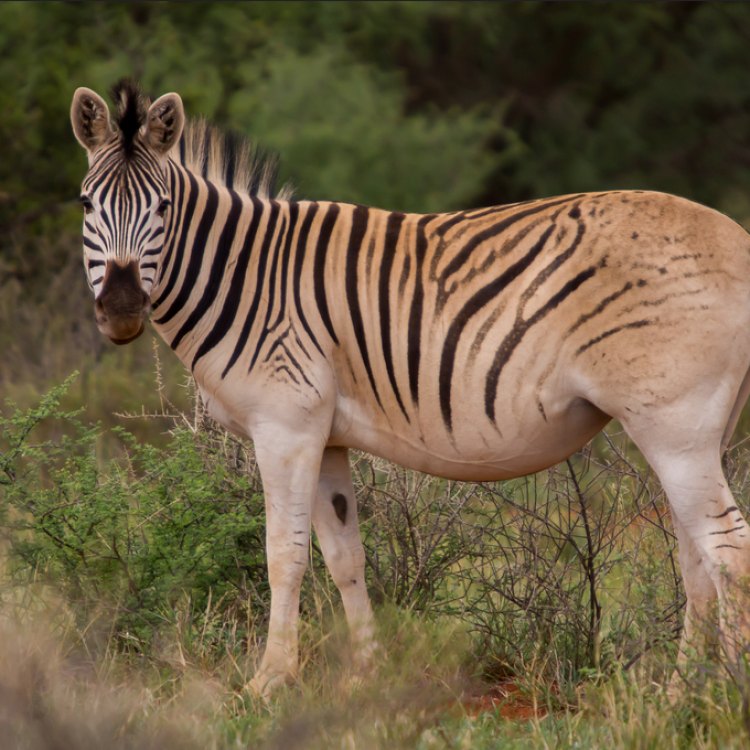
Quagga
- Adult Size: Similar to a horse
- Average Lifespan: Unknown (until extinction)
- Reproduction: Sexual
- Reproductive Behavior: Polygamous
- Sound or Call: Unknown
- Migration Pattern: Sedentary
- Social Groups: Herds
- Behavior: Social and grazes in groups
- Threats: Hunting and loss of habitat
- Conservation Status: Extinct
- Impact on Ecosystem: Unknown
- Human Use: Used for meat and hides
- Distinctive Features: Striped body, horse-like appearance
- Interesting Facts: The Quagga is an extinct subspecies of plains zebra.
- Predator: Lions
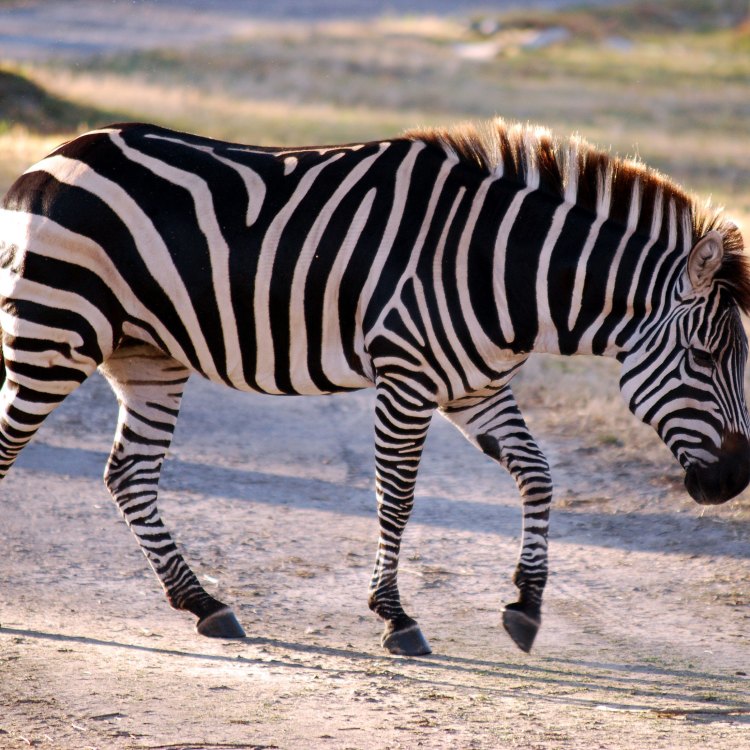
Equus quagga quagga
The Enigmatic and Extinct Quagga: A Mysterious and Beautiful Creature
The world is full of fascinating and unique creatures, some of which have sadly gone extinct before we even had a chance to fully understand and appreciate them. The Quagga, a now extinct subspecies of plains zebra, is one such creature. With its distinctive striped body and horse-like appearance, the Quagga was a beloved and iconic animal in its native South Africa. But due to overhunting and loss of habitat, this beautiful creature was driven to extinction, leaving behind a legacy of mystery and wonder PeaceOfAnimals.Com.The Quagga, scientifically known as Equus quagga quagga, was a subspecies of the plains zebra that once roamed the grasslands of South Africa. Its name comes from the Khoikhoi word "quacha," meaning zebra, and it is believed to have been a separate species from the other subspecies of plains zebra. The Quagga was first described by Dutch naturalist Pieter Boddaert in 1785, who noted its similarities to the familiar horse.
Adult Quaggas were similar in size to a horse, standing at about 4 to 5 feet tall at the shoulder and weighing around 500-600 pounds. They had a horse-like body, with long legs and a sleek, striped coat. Unlike other zebras, the Quagga had stripes only on its head and neck, while the rest of its body was a reddish-brown color with white markings. These stripes were not as prominent as those of other zebras, giving the Quagga a more subtle and understated appearance.
One of the most interesting and unique features of the Quagga was its reproductive behavior. As with other zebras, Quaggas were polygamous, with one dominant male mating with multiple females in a herd Quahog Clam. However, unlike other zebras, male Quaggas were known to actively seek out new females to add to their harem, rather than remaining with the same group of females. This behavior was seen as a way to increase genetic diversity within the species.
Unfortunately, due to the Quagga's extinction, little is known about its lifespan or reproductive cycle. They were believed to have a similar lifespan to other zebras, which can live up to 25 years in captivity. As for their reproductive cycle, it is assumed to have been similar to other equines, with a gestation period of around 12 months and females reaching sexual maturity at around 3 years of age.
Another mystery surrounding the Quagga is its sound or call. Unlike many other animals, Quaggas did not produce any distinct or memorable sounds that have been documented. This could be due to their sedentary lifestyle and the fact that they did not need to communicate over long distances. They were known to be relatively silent animals, only making soft grunts or snorts when in distress or excited.
Quaggas were known to be social animals that grazed in herds, much like other zebras. They were also known to share grazing grounds with other herbivores, such as wildebeest and impalas. This cooperative behavior played a significant role in the ecosystem, creating a balanced and diverse environment in which different species could thrive. Unfortunately, when the Quagga went extinct, it is unknown how this impacted the ecosystem and the other species it coexisted with.
One of the greatest threats to the Quagga was hunting. As Europeans began to colonize South Africa in the 17th century, they saw the Quagga as a threat to their farmlands and livestock and began to hunt them extensively. The Quagga's beautiful, striped coat also made it a desirable trophy, and its meat and hides were highly sought after. This hunting, combined with the loss of habitat due to human expansion, led to a sharp decline in the Quagga's population.
Sadly, the Quagga was declared extinct in the late 19th century, with the last known Quagga dying in captivity in Amsterdam in 1883. Its extinction was a devastating blow to the cultural and ecological landscape of South Africa. For many years, the Quagga was believed to have been a separate species from the plains zebra, and its extinction was seen as a loss of a unique and valuable animal. However, recent genetic studies have shown that the Quagga was, in fact, a subspecies of plains zebra, making its extinction even more heartbreaking.
Despite its tragic end, the Quagga remains a beloved and cherished animal in South Africa. In 1984, a project was launched to try and recreate the Quagga through selective breeding, using plains zebras with the most Quagga-like features. This project, known as "The Quagga Project," aims to not only bring back a lost species but also to raise awareness about the need for conservation and the devastating impact of human actions on the environment.
The Quagga's distinctive and beautiful appearance has made it a subject of fascination and inspiration for artists, filmmakers, and writers. Its striped body and horse-like features have been depicted in countless paintings, sculptures, and even literature. The Quagga's enigmatic nature, coupled with its tragic extinction, has only served to further fuel the public's fascination with this mysterious and beautiful creature.
But perhaps the most significant impact that the Quagga has had on us is the lessons it has taught us about our responsibilities towards the environment and other species. The Quagga's extinction serves as a stark reminder of the consequences of human actions and the importance of conservation efforts. It is a call to action to protect and preserve our planet's precious and unique animals and ecosystems.
In conclusion, the Quagga may be gone, but its legacy lives on, inspiring us to appreciate and protect the diversity of life on our planet. This extinct subspecies of plains zebra remains a symbol of our connection to the natural world and the delicate balance that must be maintained to ensure its survival. Let us learn from the Quagga and work towards a future where no more beautiful and unique creatures suffer the same fate.
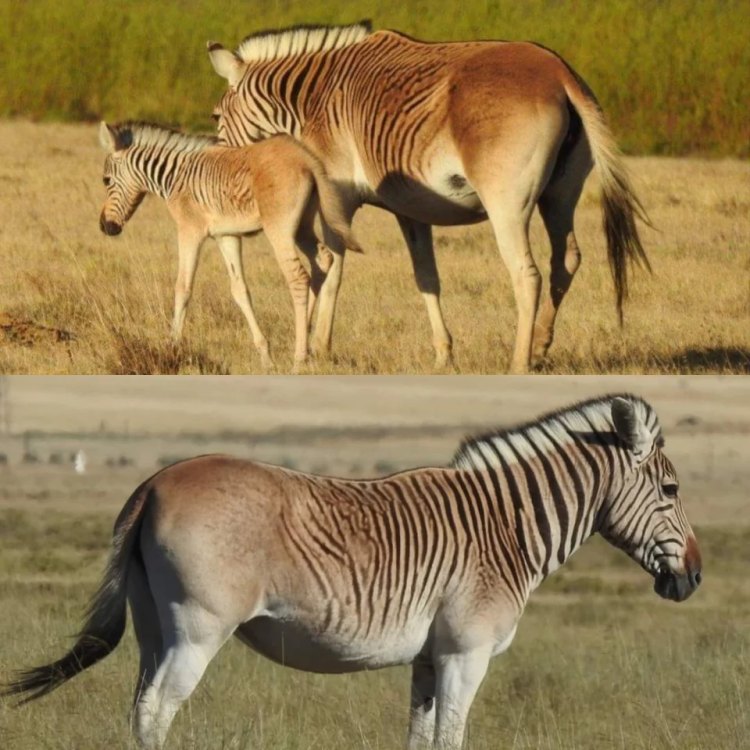
The Lost Stripes: The Story of the Extinct Quagga
Disclaimer: The content provided is for informational purposes only. We cannot guarantee the accuracy of the information on this page 100%. All information provided here may change without prior notice.

